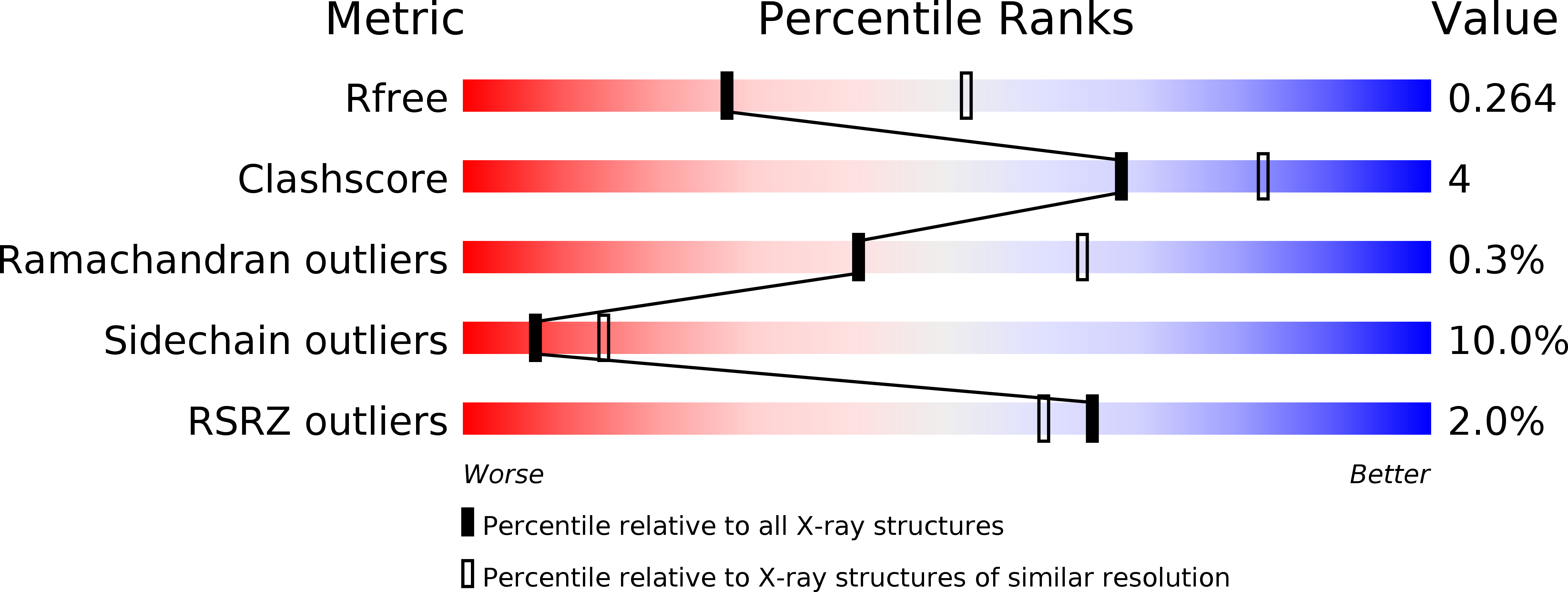
Deposition Date
2005-05-01
Release Date
2006-03-15
Last Version Date
2023-12-13
Entry Detail
Biological Source:
Source Organism:
STREPTOMYCES CLAVULIGERUS (Taxon ID: 1901)
Host Organism:
Method Details:
Experimental Method:
Resolution:
2.59 Å
R-Value Free:
0.26
R-Value Work:
0.19
R-Value Observed:
0.20
Space Group:
P 21 21 21


